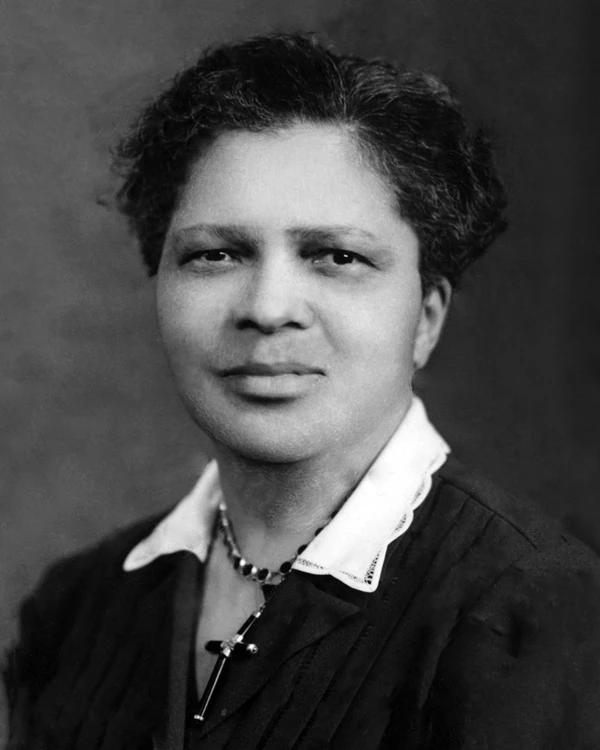Last updated: November 22, 2021
Person
Jane Edna Hunter

CSU-Michael Schwartz Library
Quick Facts
Significance:
Founder and general secretary of the Phillis Wheatley Association which includes Camp Mueller in Cuyahoga Valley. Nationally recognized advocate for Black working-class women. Nurse. Attorney. Author. Philanthropist.
Place of Birth:
Pendleton, South Carolina
Date of Birth:
December 13, 1882
Place of Death:
Cleveland, Ohio
Date of Death:
January 19, 1971
Place of Burial:
Cleveland, Ohio
Cemetery Name:
Lake View Cemetery
